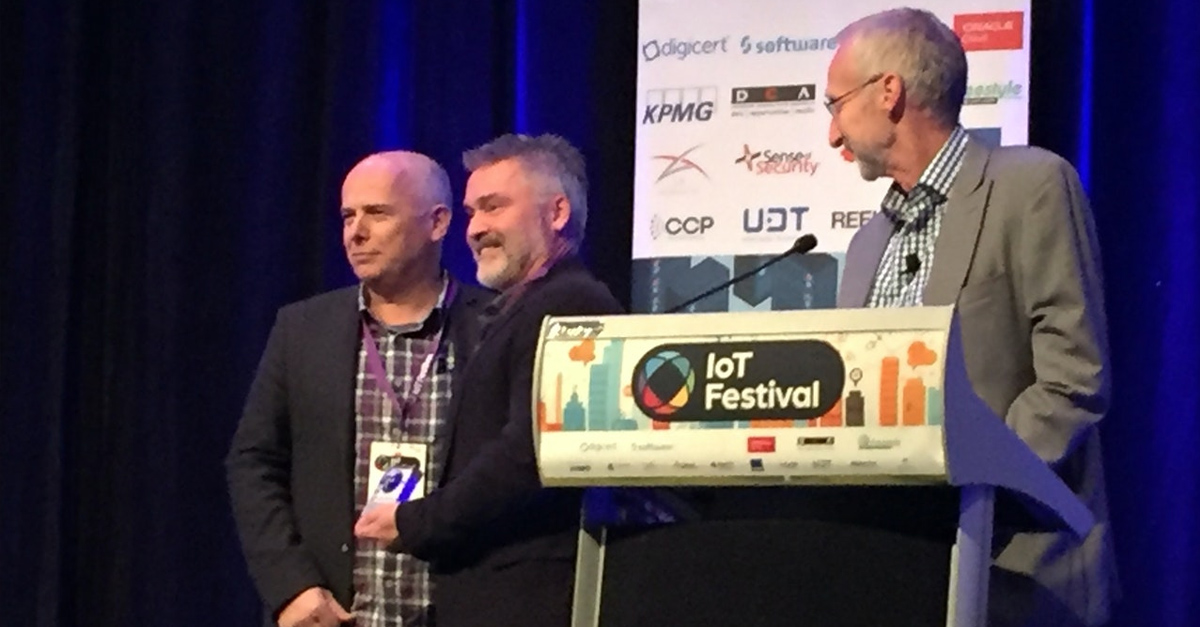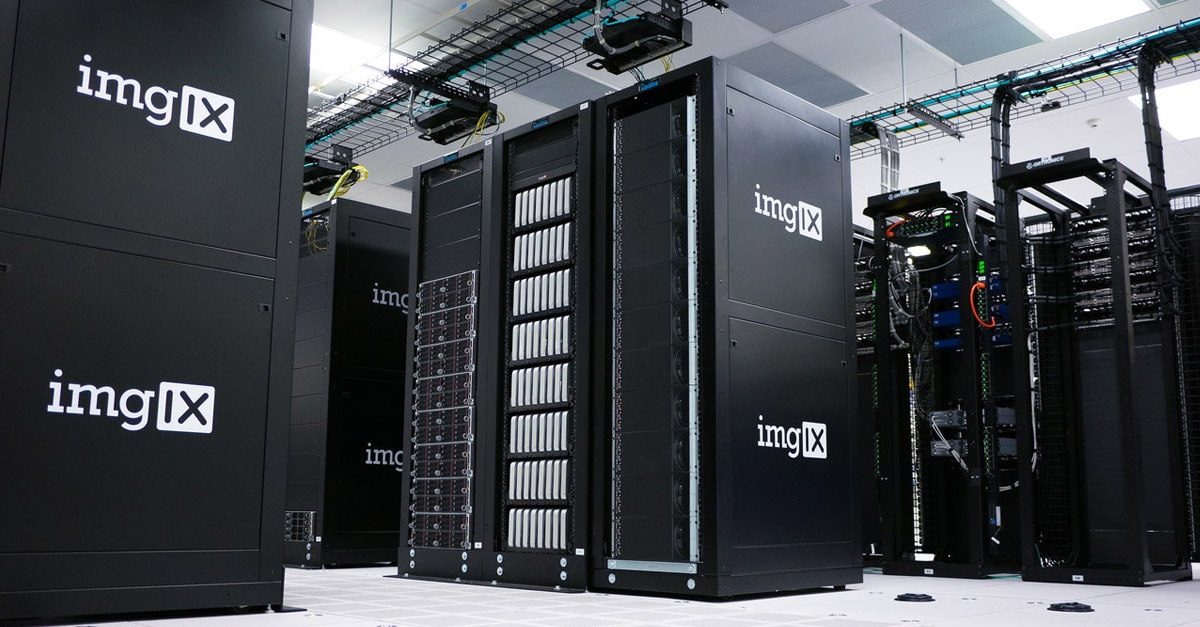
Good design from the ground up – how I/O library design can make or break IoT solutions
I/O library design allows a single call to read or write data to and from many buffers at once. Find out how.

I/O library design allows a single call to read or write data to and from many buffers at once. Find out how.

We often get brought on board to help productise ‘IoT’ (that’s Internet of Things, if you have somehow managed to escape the acronym) devices, and depending on the domain it’s often a Linux based device. Something we commonly see is that developers who are entering the embedded Linux space from the server or desktop direction are carrying over patterns from there out of habit.

Rapid changes in customer behaviour requires businesses to adapt at an ever increasing pace. The recent changes to our work and personal life has forced entire nations to work remotely and do all non essential shopping online. With every challenge in…

Rapid changes in customer behaviour requires businesses to adapt at an ever increasing pace. The recent changes to our work and personal life has forced entire nations to work remotely and do all non essential shopping online. With every challenge in…

DiUS is proud to be named as four-time ARN Innovation Awards 2019 finalists, in diverse categories.

DiUS announces general release of Powersensor – a self-installed IoT device delivering real-time generation and consumption energy data to consumers

Traditional approaches like SARIMA models often require manual data pre-processing steps (e.g. differencing to make the data stationary). In addition, these models are not allowed to add additional domain knowledge to improve precision. For solving these problems, Facebook researchers recently released FBProphet.

DiUS and Environmental Monitoring Solutions (EMS) are proud to have won Best Secondary Industry product at the 2018 Australian IoT Award.

Much of the world’s data is generated online, which has the advantage of being easy to collect. However, before data can be used, it needs to be turned into information by being organised and processed in the right context. Getting data analytics right can be challenging.

This article shows how one feature of Statsmodels, namely Generalized Linear Models (GLM), can be used to build useful models for understanding count data.